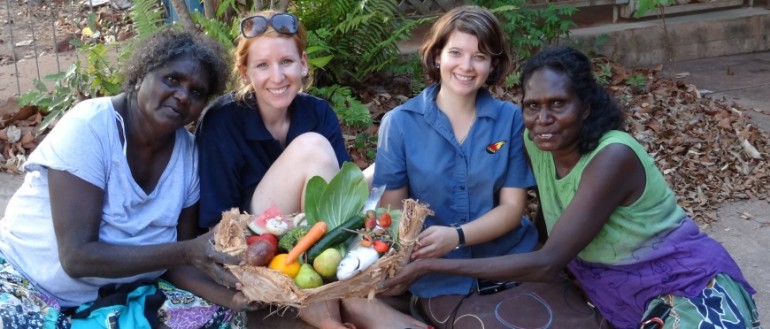Project of the month: RHD Genetics
Australia has the highest recorded rates of Rheumatic Heart Disease in the world. But why are some people more susceptible than others?
At around five years of age, Kevin Rudd contracted rheumatic fever. Twelve years later, he was found to have Rheumatic Heart Disease.
Later still, whilst Prime Minister in Canberra, Rudd weakened further. He would need a heart valve transplant – an operation that likely saved his life.
As in the former PM’s case, an episode of rheumatic fever can cause the heart to inflame, permanently damaging the organ’s valves – this is known as Rheumatic Heart Disease (RHD).
A heart valve acts like a one-way door, making sure that blood pumps in one direction. When these valves are impaired, this process goes awry.
RHD is almost unheard of in the non-Indigenous community, says Rudd, but is a major killer among young Aboriginal and Torres Strait Islander people.
It begins with strep throat, a common bacterial infection. If left untreated, it can develop into Acute Rheumatic Fever (ARF), go on to damage the valves of the heart, and ultimately be fatal.
Rudd is one of the lucky ones who had access to such high quality care – many RHD sufferers in Australia die either because their disease is so severe that surgery can’t help, or because they don’t get a chance to even consider surgery.
And even though RHD is preventable, Australia has the highest recorded rates of the disease in the world.
Aboriginal and Torres Strait Islander people are up to eight times more likely than non Indigenous Australians are to be hospitalised for Acute Rheumatic Fever and Rheumatic Heart Disease. They’re 20 times more likely to die from the condition, too.
On average, Indigenous people die from Rheumatic Heart Disease in their mid-thirties, compared to non-Indigenous people with the same disease who can expect to live well into their sixties.
In 2009 Menzies School of Health Research helped establish a National Coordination Unit to support control of rheumatic heart disease in Australia.
The Unit, RHDAustralia, recently published updated guidelines to provide clinicians with information on preventative action, diagnosis and management of ARF and RHD.
Yet whilst efforts to improve treatments for the disease are progressing, knowledge of why ARF converts to RHD, and in whom, remains poor.
“Many Indigenous people will get group A strep infections but only some will develop RHD,” says Menzies program manager Melita McKinnon.
“It’s not well understood why some people are susceptible to RHD and others aren’t.”
Enter RHD Genetics, a new Menzies study into the role genetics plays in the disease’s presence and progression.
The study will run until 2015, backed by four years of National Health and Medical Research Council (NHMRC) funding. It’s a collaborative effort between the Walter and Eliza Hall Institute (WEHI), the University of Melbourne, Curtin University and the Telethon Institute of Child Health Research.
“We’ll aim to collect saliva DNA samples from 500 RHD patients and 1000 matched controls – participants of a similar age – for genotyping,” explains McKinnon. “We hope this will help us better understand the pathogenesis [development patterns] of RHD, which could lead to better treatments.”
It’s also anticipated the study will prompt further investigations into genetic determinants of disease among Aboriginal and Torres Strait Islanders.
Presently the research team are winding up the project’s first stage: holding ‘yarning circles’ in the remote Northern Territory community of Galiwinku.
These are consultations with local Indigenous groups, designed to find out how much locals already know about genetics, as well as to generate ideas on how to best carry out the study.
"In previous research I have mentioned the word ‘genetics’ and didn’t get much of a reaction among groups,” says McKinnon. “But once I started talking about skin groups, they all nodded. ‘Yeah, we know about that!’”
With stage two just around the corner, researchers are primed to begin collecting saliva samples, which they’ll send to Perth for lab analysis.
At the moment, RHD’s pathogenesis is a “black box”, says McKinnon.
As Rudd continues his role raising awareness of RHD, it’s hoped that Menzies’ work will help solve some of the more persistent questions around the ‘who’ and ‘why’ of the disease.
As lead researcher Professor Jonathan Carapetis says, “We can feed that information back to the jurisdictions, to help them identify problem areas. We can also share that information with governments to ensure we are putting resources where they are needed.”

